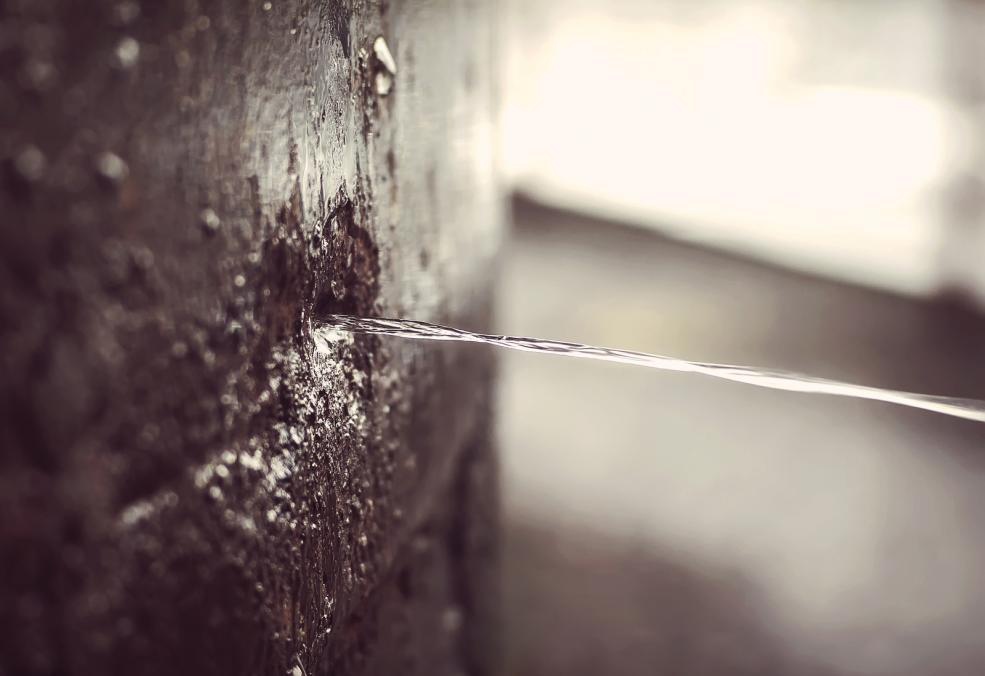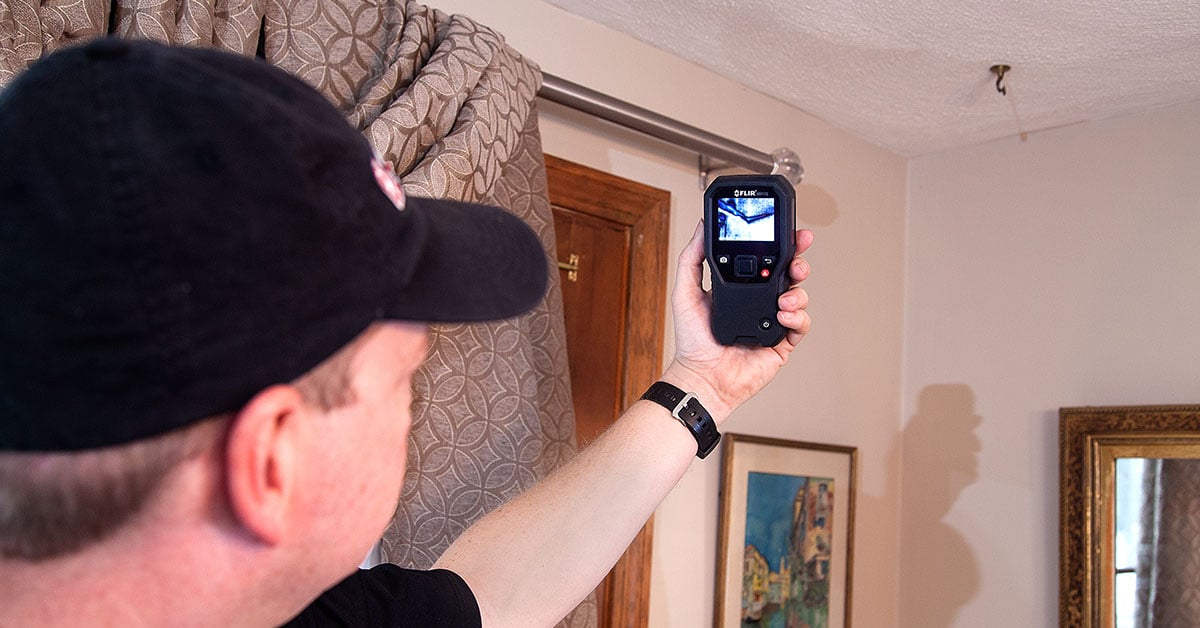The publisher is making a few great observations related to Leaking water lines overall in this great article which follows.

Early detection of dripping water lines can alleviate a prospective catastrophe. Some tiny water leakages might not be noticeable.
1. Check Out the Water Meter
Inspecting it is a surefire way that helps you discover leakages. If it relocates, that indicates a fast-moving leak. This implies you might have a slow-moving leak that could also be below ground.
2. Check Water Intake
Analyze your water expenses and track your water intake. As the one paying it, you must discover if there are any kind of inconsistencies. If you spot sudden changes, in spite of your intake being the same, it suggests that you have leaks in your plumbing system. Bear in mind, your water expense need to fall under the very same range on a monthly basis. A sudden spike in your expense shows a fast-moving leakage.
A consistent rise every month, also with the exact same practices, shows you have a slow leak that's additionally gradually escalating. Call a plumber to extensively inspect your building, particularly if you really feel a warm area on your flooring with piping below.
3. Do a Food Coloring Test
When it comes to water consumption, 30% comes from commodes. If the shade in some way infiltrates your bowl throughout that time without flushing, there's a leak between the container as well as bowl.
4. Asses Outside Lines
Don't fail to remember to examine your exterior water lines also. Examination faucets by attaching a garden pipe. Needs to water permeate out of the link, you have a loose rubber gasket. Change this and guarantee all connections are tight. If you've got an automatic sprinkler, it will help get it expertly analyzed as well as preserved yearly. One small leak can waste tons of water and spike your water costs.
5. Evaluate the scenario and check
Homeowners ought to make it a behavior to check under the sink counters and also even inside cupboards for any type of bad odor or mold and mildew development. These two red flags suggest a leakage so punctual focus is required. Doing routine assessments, even bi-annually, can save you from a major trouble.
More importantly, if you understand your house is already old, keep a watchful eye on your heating units, pipes, pipes etc. Look for discolorations and weakening as the majority of pipelines as well as appliances have a life expectancy. They will likewise naturally wear away because of wear and tear. Don't wait for it to escalate if you believe leaking water lines in your plumbing system. Call an expert plumber right away so you don't wind up with a horrible mess in your home.
Early discovery of dripping water lines can reduce a prospective calamity. Some tiny water leaks might not be noticeable. Checking it is a proven way that helps you find leakages. One small leakage can throw away loads of water as well as surge your water expense.
If you suspect leaking water lines in your plumbing system, do not wait for it to escalate.
WARNING SIGNS OF WATER LEAKAGE BEHIND THE WALL
PERSISTENT MUSTY ODORS
As water slowly drips from a leaky pipe inside the wall, flooring and sheetrock stay damp and develop an odor similar to wet cardboard. It generates a musty smell that can help you find hidden leaks.
MOLD IN UNUSUAL AREAS
Mold usually grows in wet areas like kitchens, baths and laundry rooms. If you spot the stuff on walls or baseboards in other rooms of the house, it’s a good indicator of undetected water leaks.
STAINS THAT GROW
When mold thrives around a leaky pipe, it sometimes takes hold on the inside surface of the affected wall. A growing stain on otherwise clean sheetrock is often your sign of a hidden plumbing problem.
PEELING OR BUBBLING WALLPAPER / PAINT
This clue is easy to miss in rooms that don’t get much use. When you see wallpaper separating along seams or paint bubbling or flaking off the wall, blame sheetrock that stays wet because of an undetected leak.
BUCKLED CEILINGS AND STAINED FLOORS
If ceilings or floors in bathrooms, kitchens or laundry areas develop structural problems, don’t rule out constant damp inside the walls. Wet sheetrock can affect adjacent framing, flooring and ceilings.
https://www.servicemasterbyzaba.com/blog/how-to-detect-water-leakage-in-walls/

I'm very interested in Detecting hidden plumbing leaks and I hope you liked our blog entry. For those who liked our page please make sure you remember to pass it around. Thanks a lot for going through it.